Is a Fleece Jacket Warmer than Cotton Jacket?

Advancing technology and integration of modern systems have led to a smart selection of materials ideal for clothing in different weathers. Heated jackets being a hot commodity are specifically designed to enrich the wearer’s life by providing comfort to the optimal level.
Heated jackets are highly effective and are globally acclaimed for use in freezing temperatures. As of recent stats, they have reached a gross market size of over $270 Million. Within these jackets, opting for the right fabric to tackle harsh cold winds and moisture-laden cold temperatures is critical.
Due to their eminent benefits respectively, fleece and cotton are seen as the two competitors considering the ideal material for a heated jacket. Considering the manufacturer to purchase these jackets is also key. SGKOW is a certified heated apparel manufacturer in this utilizing top-of-the-line fabric in their heated jackets for high efficiency.
This comprehensive article emphasizes exploring how fleece and cotton jackets compare in terms of warmth, comfort, and suitability for various environments.
Understanding the Materials
A combination of the finest quality material contributes to the fabric used in a heated jacket. Considering which material can be the best fit according to the user's requirements is essential. Understanding the background and performance of wool and cotton is also integral to determining the functionality of the heated jacket.
Fleece
A synthetic textile composed of Polyethylene Terephthalate (PET) is considered fleece. Its composition consists of releasing PET fibers. These are then reconstructed into a web-like shape, which is a fleece.
Origin
Malden Mills in the 1970s created fleece, which was a recognized company at the time responsible for making artificial fur and other fabrics. Initially, it was employed in outerwear and athletic wear, but later it gained popularity. Being lightweight and soft, it is now utilized as a synthetic fiber for the production of hats, heated jackets blankets, etc.
Characteristics
It has high wear and tear resistance as well as wrinkle resistance. The fleece is moderately breathable. This ensures that some air can pass through, which is ideal for moisture-wicking. It is abrasion-resistant, durable, and somewhat flame-resistant. SGKOW employs fleece in its classic Heated Jacket men, providing optimum warmth and higher levels of comfort than any other.
Cotton
Growing in the form of balls on a cotton plant, cotton is a globally used natural fiber. It is composed of cellulose, which makes fine yet soft fabrics. It contributes to 25% of all fabrics in the textile industry worldwide.
Origin
Furthermore, it originated thousands of years ago, with its proof of existence in the Indus Valley Civilization in the region of Asia. Then it was introduced in the 8th Century in Europe. From here it gained traction and in the 17th Century, it became a widely used fiber in the majority of fabrics.
Characteristics
In current times, it is one of the most sought-after materials by garment manufacturers in the global market. Its characteristics such as soft texture, high breathability, and versatility make it an eminent choice among users. It has a high level of absorbing ability, up to 27 times the weight of water. This makes it the ideal fiber for the inner lining of heated jackets, towels, and other things.
Warmth Comparison
Concerning being a key component in the production of heated jackets, the material's warmth-providing ability should be considered. A comparison in warmth for cotton and fleece is given below.
Insulation Properties
Fleece Heat-entrapping Function
By forming tiny pockets of air between its layers of web-shaped fibers, fleece traps heat within the fabric. As much as the rockets are generated, it allows less heat to escape these areas. This makes it premium in providing insulation and reduces body heat and heated jacket’s heat from escaping to the atmosphere. Higher loft fleece can be employed for more insulation.
Cotton’s Insulation Capabilities
Cotton fibers usually have small pockets within their structure. The air-trapping technique is present in this as well. Having a thinner structure and fewer air pockets reduces its ability to trap air that much. However, high-density cotton can provide more air entrapping and more insulation. Fabric construction deeply impacts insulation in cotton.
Performance in Different Temperatures
Taking both fleece and cotton into consideration, they both perform differently in various weather conditions. Let’s look at this comparison in detail.
Effectiveness of Fleece in Cold, Dry Conditions
Due to it being less affected by moisture, it is an ideal fabric to utilize in heated jackets for cold dry regions. It does not lose its ability to trap air even when it is exposed to high levels of moisture. It is suitable for light body perspiration and can handle it easily. This is one of the primary reasons SGKOW employs high-density fleece as an insulating material in their heated jackets.
Suitability of Cotton in Milder Climates
Having a thin structural composition leads to minimum gaps within the fibers of cotton fabric. This lets maximum air flow between them. Having high breathability and high comfort makes it suitable for moderate temperatures. It has high moisture-wicking potential, which can come in handy in mild climates.
Layering Potential
To enhance trapping body heat or warmth within a heated jacket, layering also helps.
Fleece
For optimized heat entrapment and retaining body heat, layering clothes with a fleece jacket is an excellent strategy. Within a garment, the middle layer generally consists of fleece without feeling bulky. Due to this, it has a high range of adaptability in freezing temperatures.
Cotton
Its low heat entrapping ability and poor insulation paces limitations on its use in colder weather. In case of getting wet with increased levels of moisture in the air, it has a slow drying time in humid weather, making it not so ideal.
Additional Considerations in Jacket Selection
Here are a few more things you should keep in mind before choosing which material you should opt for in a heated jacket.
Moisture Management
Fleece’s Wicking Properties
When it comes to staying outdoors in winter for longer periods, you are susceptible to moisture. With the heated jacket working continuously, the body gets warm and perspires during activity. If the inner lining of the jacket stays wet, then the users can catch a cold.
Fleece comes into play in this regard, it has high moisture-wicking quality. It has high absorbency and provides a dry interior for maximum comfort.
Cotton’s Absorbency
It is not as effective as fleece, but it does have high absorbance If a high-density cotton fiber is used. It can be used within a heated jacket, but it cannot tolerate harsh conditions and proves to be less effective.
Durability and Maintenance
Fleece
With proper care and storage with no compression can extend the lifespan of a fleece jacket by several years. Fleece having an integrated structure has high durability and can withstand wear and tear.
Only wash it with mild detergent and air dry it to keep the heated jacket in its best shape. An SGKOW Women’s Heated jacket with Fleece can last you many years If kept according to manufacturer instructions.
Cotton
Depending on the quality, construction, and care of cotton, containing a heated jacket varies in its lifespan. Proper care can extend its duration of use but lacks next to a fleece jacket in this regard.
Environmental Impact
Sustainability of Fleece
Fleece isn't entirely environment-friendly unless the heated jackets contain recycled fleece in them. Fleece shedding can majorly cause microplastic pollution. This directly impacts marine life negatively. The making of polyester in fleece is dependent on fossil fuel consumption, which isn't eco-friendly. Its disposal in an improper way can also increase landfills and can leave a lasting effect.
Environmental Considerations in Cotton Production
Cotton, being a natural fiber, is biodegradable. However, the production of cotton fiber demands high water requirements with heavy on chemical usage. This can generate a negative impact on the environment as a whole.
Producing cotton also leads to the emission of greenhouse gases, which are a major contributor to air pollution. Adopting irrigation and promoting fewer chemical treatments can reduce this significantly.
Practical Applications
Best Uses for Fleece Jackets
- Outdoor activities such as hiking, camping, snowboarding, and skiing demand fleece-heated jackets to insulate the wearer against strong gusts of winds and cold.
- Due to their high portability, they are ideal for traveling purposes.
- It is also a practical choice for workwear. Several construction workers and architects as well as labrers can make use of fleece jackets to maintain body temperature.
- People with health conditions such as joint pain, back pain, and muscle soreness can utilize this jacket for comfort.
- Fleece heated jacketscan also be used as casual wear in winter to focus on tasks at hand properly.
Best Uses for Cotton Jackets
- Cotton jackets are taken as the ideal transitional garment. It can offer warmth during cold days and can be layered with other clothing when moving to wintertime.
- These are generally used as casual wear for mild to moderate temperatures.
- Outdoor endeavors and events like hiking and camping in moderate weather can make use of a cotton jacket for colder evenings.
Conclusion
Finding the right material in a heated jacket can be challenging, but highly rewarding once you consider it in all aspects. Fleece and cotton are two varying fabrics in properties and uses. Fleece jackets are considered more user-friendly and effective in freezing temperatures. However, cotton jackets, although lightweight, are only applicable in moderate to mild weather. We hope this article helped you understand how fleece-heated jackets are different from cotton jackets.

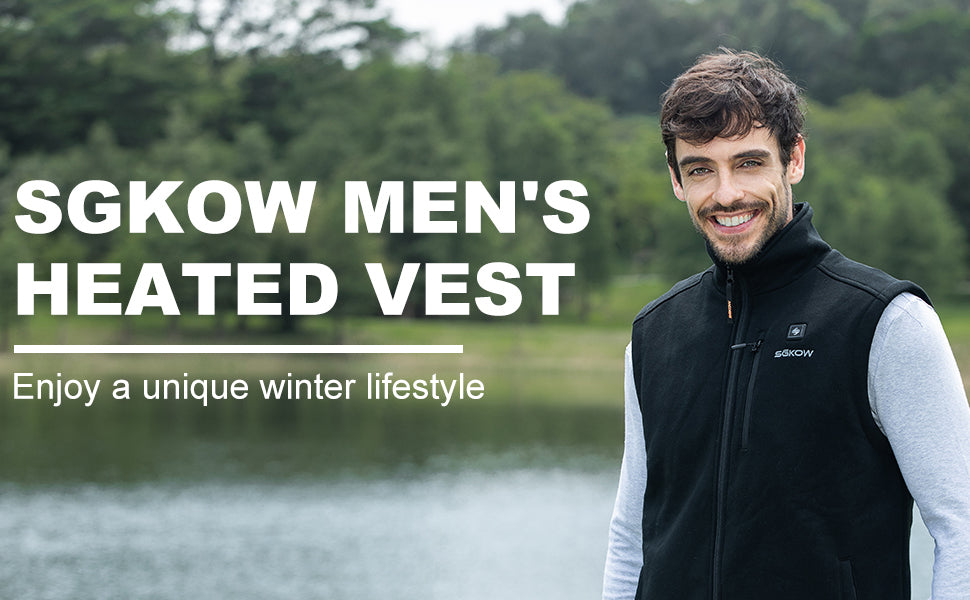
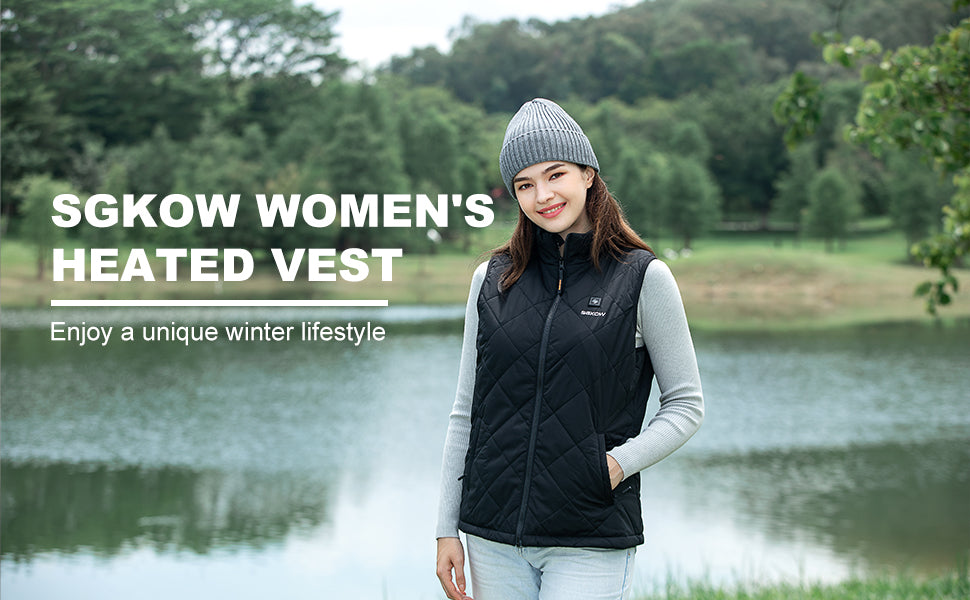
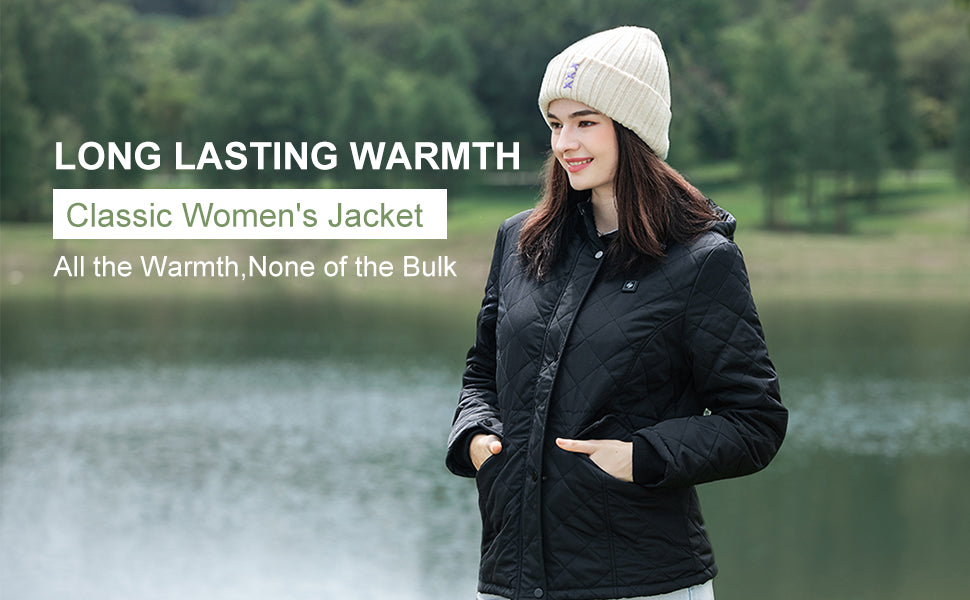














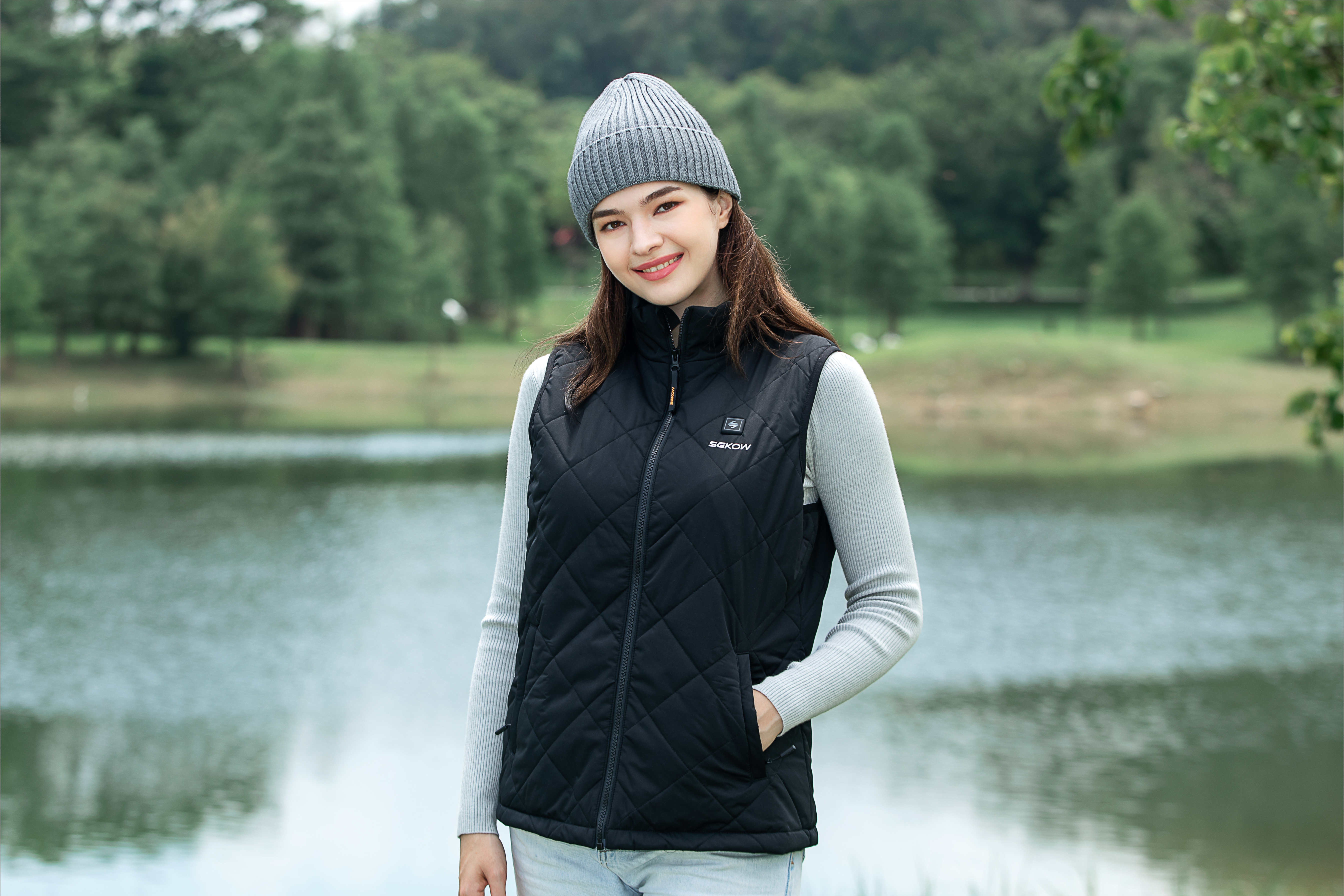
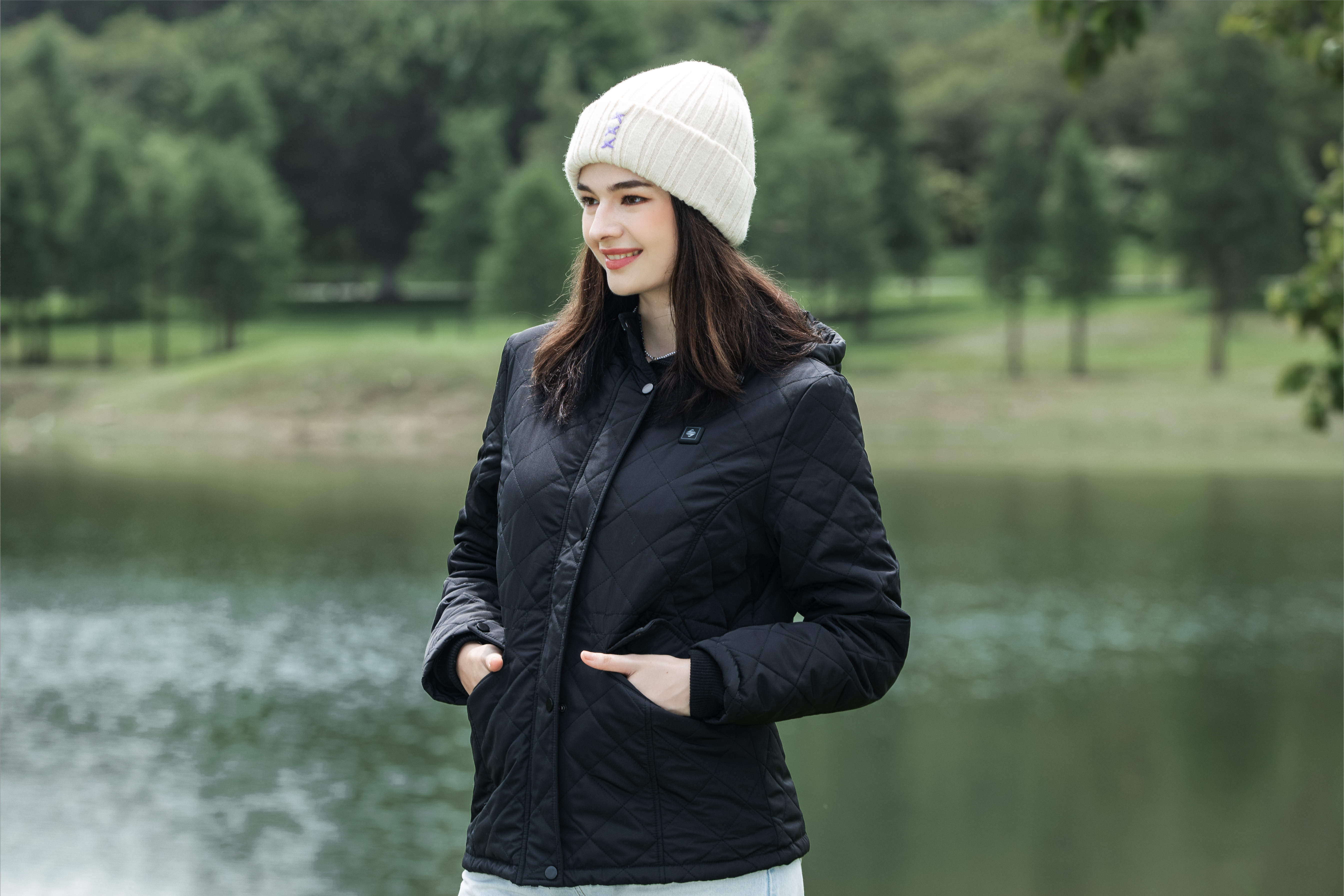

Leave a comment